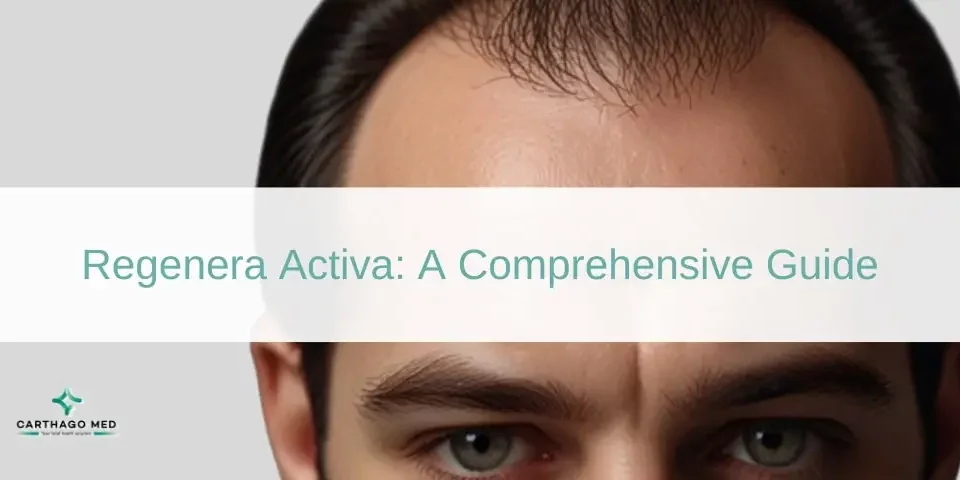
When should I consider undergoing hair transplant surgery?
For patients who suffer from complete or partial hair loss and wish to retrieve their naturally dense and thick hair, hair transplant surgery is the ideal solution to their problem. Hair transplant surgery is on rise nowadays; it is considered as one of the most requested and performed aesthetic surgeries worldwide for it gives outstandingly natural results. However, patients may ask: what is the right time for me to start considering hair transplant surgery?
Hair loss & baldness: what are the causes?
Hair loss or baldness can be caused by several factors: the most common cause of hair loss is a hereditary condition that happens with aging; mainly due to genetic reasons. Hair loss or baldness may also be caused by hormonal changes and medical conditions, or as a result of extreme stress and anxiety (emotional shock, overwork, etc.). The use of certain medications and supplements as well as unhealthy lifestyles may also cause hair loss conditions .
Is hair loss at a young age common?
The loss of hair knows no age boundaries. It can strike at a young age, causing distress and a loss of confidence. Male pattern baldness, often driven by dihydrotestosterone (DHT), can start as early as late teens and continue into early adulthood. In fact, around 50% of all men experience some degree of male pattern baldness. Stress and genetics can exacerbate the condition. In the United Kingdom and Canada, there are various options for addressing this issue, including surgical treatments such as different stages of a hair transplant, with visible results before and after the procedure. FUE hair transplants are also a popular option for stabilizing hair loss. Additionally, there are medications such as Minoxidil and Finasteride, as well as other non-surgical treatments, to help prevent and treat hair loss. It's important to consult with hair transplant specialists to determine if you are a potential candidate for this procedure. For men dealing with male pattern baldness, understanding the role of DHT and androgenic alopecia in hair loss, especially at a young age, is crucial. Hair loss prevention and the timing of a hair transplant are important considerations as well. Costs associated with hair transplant and the recovery process should also be factored in when making a decision. Ultimately, with experienced hair transplant specialists, donated hair follicles, and quality hair grafts, hair restoration can be an effective solution for those experiencing early hair loss in the United Kingdom and Canada.
Hair transplant surgery: when is it ideal to undergo it?
During the preliminary consultation, your surgeon will evaluate various criteria such as: hair density, regions of the scalp that are affected by hair loss or baldness, the patient’s general health state, etc. It is also important to note that there is a specific classification system used by the doctor to evaluate the patient’s degree of alopecia; this is known as the norwood-hamilton classification (or the norwood-hamilton scale). This scale, introduced by doctor norton, is used to classify the stages of male pattern baldness. While the first stage indicates an absence of baldness, the highest stage (stage 7) indicates a quasi-absence of hair on the totality of the patient’s scalp.
At what Norwood-Hamilton stage should you consider hair transplant?
If we base our timing on the norwood-hamilton scale, then hair transplant surgery should be ideally considered starting from a third stage of baldness. During this stage, there is an important temple hair loss as well as a subsequent baldness in the back of the head. This phase usually occurs when the patient is aged around the twenties and thirties; age group at which most patients undergo a hair transplant surgery.
What is the ideal age for hair transplant surgery?
Age wise, there is no exact number at which patients can start considering a hair transplant surgery. Baldness or hair loss can affect patients as old as 18 years (or even younger in certain cases), and may become more serious around the age of 40 or 50 years old. However, the common age group most likely to undergo a hair transplant surgery is between 20 and 60 years old. During the preliminary consultation, the doctor will determine whether the patient’s baldness may turn serious with time and accordingly recommend the most suitable treatment for them.
Can Patients with Alopecia Get a Second Hair Transplant for Improved Results?
When the patient is affected by important alopecia, they are able to redo a hair transplant surgery the next year in order to fill newer regions affected by hair loss or baldness. It is however important to note that if the patient undergoes hair transplantation the second time, results will be more satisfying and efficient than the first transplantation; and the patient will be able to permanently rejoice their dense and natural-looking hair.









